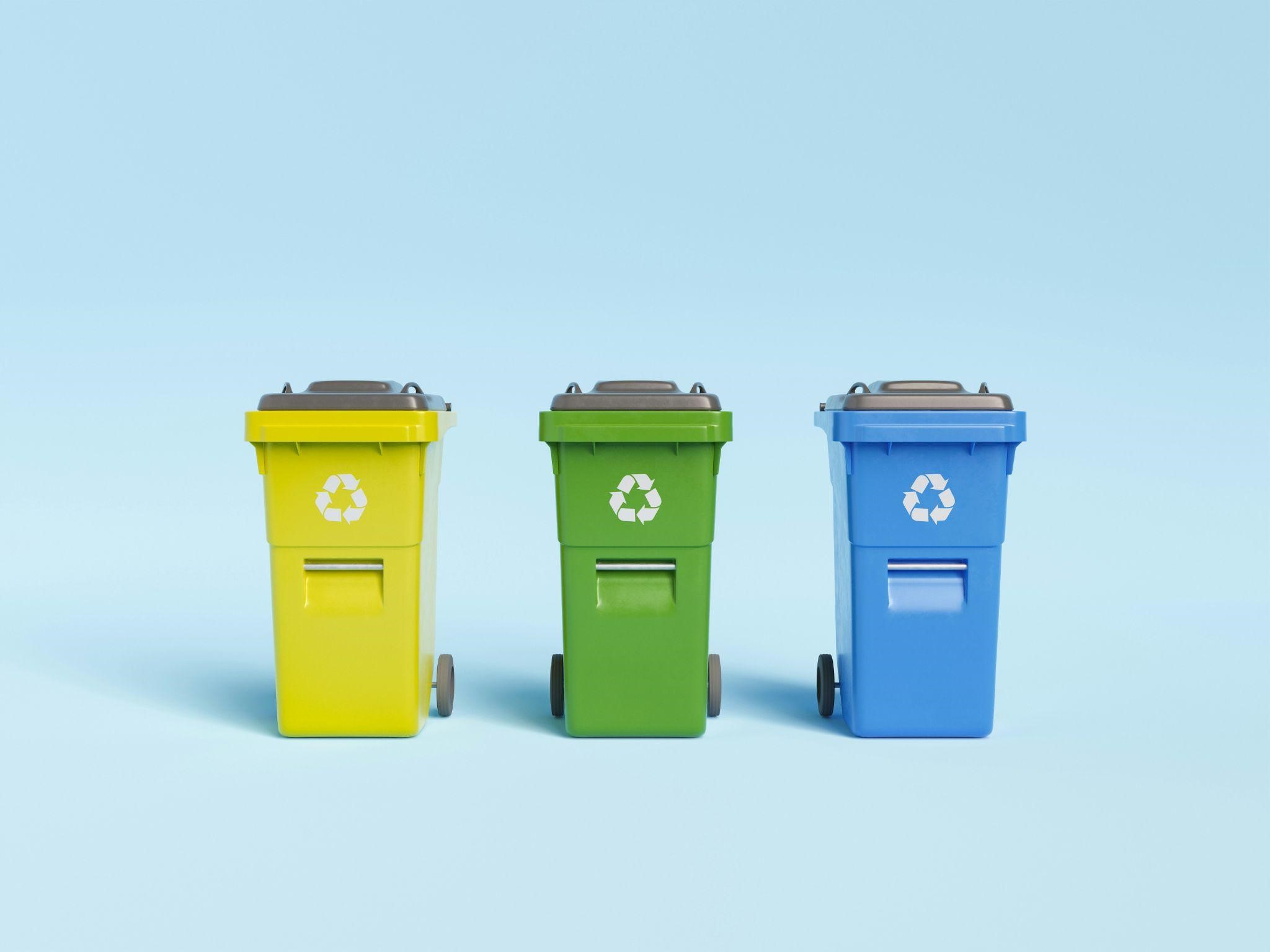- The circular economy model focuses on minimizing waste by reusing and recycling materials for longer product life cycles.
- Technological advancements, like AI and robotics, are improving recycling efficiency and reducing contamination in waste management.
- Legislation and policies are driving businesses and individuals to adopt sustainable waste reduction practices through regulations and incentives.
- Community-driven initiatives and personal actions, such as reducing single-use items and composting, play a crucial role in supporting waste reduction efforts.
Waste reduction is rapidly becoming a crucial concern as the planet faces mounting environmental challenges. Both businesses and communities are seeking smarter ways to handle waste and recycle materials in order to build a more sustainable future. In this post, we’ll explore the evolving practices of waste reduction and recycling that are shaping tomorrow’s world. From cutting-edge technologies to community-driven initiatives, you’ll discover how these strategies are helping minimize waste and reduce the burden on our environment. By understanding these advancements, you can take steps toward lowering your own waste footprint and contributing to a greener planet.
The Rise of Circular Economy Approaches
A growing shift towards a circular economy is changing the way we think about waste. Unlike the traditional linear model—where products are made, used, and then discarded—the circular economy focuses on designing out waste from the very beginning. Products are created with reuse, repair, and recycling in mind, ensuring materials stay in circulation for as long as possible.
This approach minimizes the need for raw materials, reducing environmental impact and promoting sustainability. By rethinking product life cycles, companies and individuals can significantly lower waste production. Whether it’s repurposing old products or embracing second-hand markets, the circular economy offers a powerful way to reduce our overall waste footprint. This model isn’t just a trend; it’s an essential shift for a more sustainable future.
Technological Advancements in Recycling
Recycling technology has made significant strides in recent years, with innovations that are transforming how waste is sorted and processed. AI and robotics are now playing a key role in modern recycling facilities, improving the efficiency and accuracy of sorting recyclable materials. These smart systems can quickly identify and separate items like plastics, metals, and paper, making the recycling process faster and more effective.
Furthermore, advanced sorting techniques are leading to sustainable waste management solutions that reduce contamination and increase the quality of recycled materials. Technologies like chemical recycling and thermal conversion are also gaining traction, enabling the breakdown of complex materials into reusable raw components. These advancements are setting the stage for a future where waste is not just managed, but almost entirely recycled or repurposed, drastically cutting down on what ends up in landfills.
The Role of Legislation and Policy in Waste Reduction
Government policies and regulations are playing a critical role in driving waste reduction efforts across the globe. Many countries have implemented stricter recycling laws and introduced penalties for businesses that fail to meet sustainability standards. These regulations push industries to adopt more eco-friendly practices, ensuring they reduce waste and increase recycling efforts.
Incentives, such as tax breaks or subsidies, are also motivating companies to invest in sustainable waste management practices. International agreements, like the Paris Agreement, further emphasize the importance of reducing waste as part of broader environmental goals. By holding both corporations and individuals accountable, legislation is essential in shaping a future where waste is minimized and recycling is maximized.
Community-Driven Waste Reduction Initiatives
While government policies set the stage for large-scale waste reduction, it’s often local communities that drive tangible change at the grassroots level. Across the globe, communities are coming together to find creative solutions to reduce waste, and these initiatives are having a significant impact.
One of the most inspiring aspects of these efforts is the rise of zero-waste movements. Local groups and organizations are working to shift the mindset from a “throwaway” culture to one that prioritizes sustainability. They offer practical tools and resources, like workshops that teach people how to reduce waste at home or make small swaps that add up over time. For instance, swapping disposable items for reusable alternatives—like cloth shopping bags, metal straws, and reusable coffee cups—can significantly cut down on waste over the long term.
Some communities are even going beyond individual habits by setting up repair cafés and swap shops. Repair cafés are pop-up events where people bring broken items, such as electronics, clothing, or furniture, to be repaired by volunteers rather than discarding them. This not only helps reduce the volume of waste but also encourages a culture of reuse and repair, where products are given new life instead of ending up in landfills. Swap shops or community exchanges offer people the chance to trade items they no longer need for something they do, extending the life of consumer goods and reducing demand for new purchases.
Education is also at the heart of many community initiatives. Schools, local businesses, and nonprofits often collaborate to promote recycling programs, organize local clean-up days, and even start composting initiatives to handle organic waste. Many neighborhoods are introducing urban composting hubs where residents can drop off food scraps for composting, turning organic waste into rich soil for gardens and parks. This practice diverts tons of organic material from landfills and reduces methane emissions, a potent greenhouse gas.
Local recycling drives and collection events for hard-to-recycle items, like electronics or hazardous waste, are also empowering individuals to responsibly manage their waste. These events make it easier for residents to dispose of items properly, encouraging greater participation in recycling programs. By making waste reduction and recycling accessible to everyone, communities are taking small but significant steps toward a zero-waste future.
Ultimately, the power of community lies in collective action. When individuals come together with a shared goal of reducing waste, they can drive changes that extend far beyond individual households. These movements create a ripple effect, inspiring others to join in and advocate for broader societal changes. Community efforts prove that local action can lead to widespread change, making a meaningful difference in the fight against waste.
What You Can Do to Support the Future of Waste Reduction
Supporting the future of waste reduction starts with individual action. Simple changes in your daily habits can have a long-lasting impact. Begin by reducing single-use plastics in your home, opting for reusable bags, containers, and bottles. Make recycling a priority by familiarizing yourself with local recycling guidelines to avoid contamination and ensure your waste is properly processed.
You can also participate in local waste reduction efforts by joining community clean-up projects or advocating for better recycling programs in your area. Composting is another effective way to reduce household waste while giving back to the environment. Lastly, be mindful of your purchasing choices—opting for sustainably produced products and packaging can support the circular economy and reduce overall waste. By making these small, thoughtful changes, you can contribute to a more sustainable future and inspire others to do the same.
Conclusion
As waste management continues to evolve, it’s clear that innovative recycling practices and waste reduction strategies are critical for building a sustainable future. The rise of circular economy models, advancements in recycling technology, supportive legislation, and community-driven initiatives are all playing vital roles in minimizing waste. Each of us can contribute by making more informed decisions, embracing new technologies, and supporting local and global efforts. Together, we can help reduce waste and create a cleaner, greener planet for future generations.










